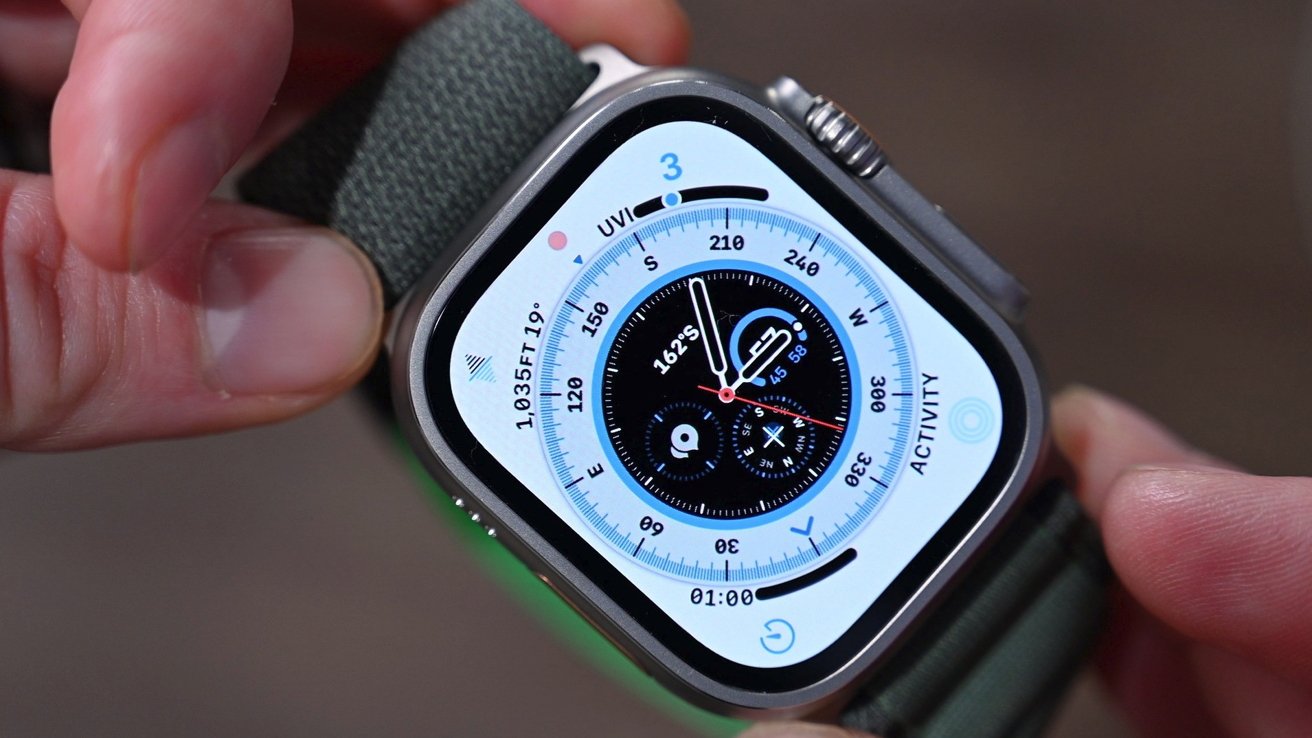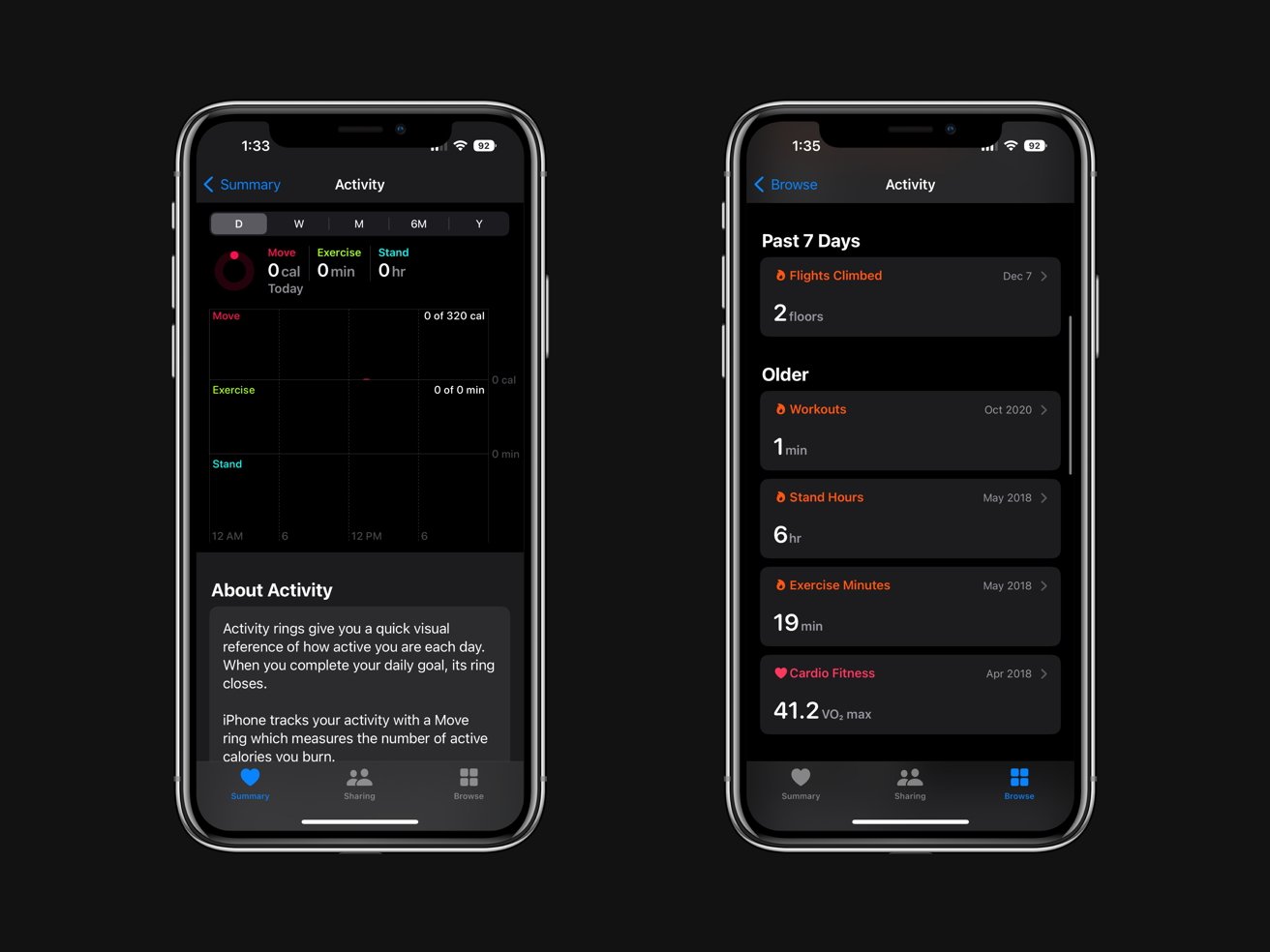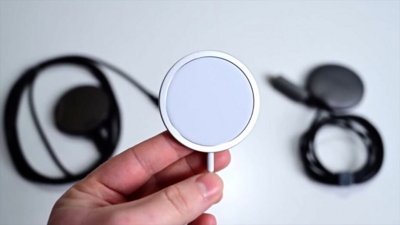According to the American Heart Association sedentary jobs have increased by 83% over the last sixty years — and we're only getting sicker because of it. Here's how your Apple Watch can help — if you listen to it.
It is not just standing or sitting that summons the grim reaper. It is adopting a lifestyle of moving too little that has deadly repercussions.
Standing is good, but you also must move. Apple Health provides that much-needed nudge, reminding us "It's time to stand!"
The Apple Watch and Health app use Activity Rings to display daily movement. These are illustrated by three concentric rings: in red, green, and blue.
While the red ring represents "Move" and green, "Exercise," in this article, we'll be focusing on Blue: "Stand," and why it's so important.
How to close the blue Stand ring on Apple Watch
First, you need to turn on Stand Alerts.
- Open the Apple Watch app on your paired iPhone
- Tap on My Watch
- Tap on Activity
- Turn on Stand Reminder.
The effect should sync within seconds to your paired Apple Watch.
To close the blue Stand ring, you must both stand and move for at least one minute during twelve separate hours of the day. Don't cheat and just wave your arm around.
How good are health features on the Apple Watch?
If you're wondering just how accurate and science-backed Apple's health features are, Apple makes health reports transparent, giving the consumer insight into how these features are developed.
Apple's July 22 Health Report confirms: "All of our health and fitness features [are] subject to rigorous scientific validation processes, in collaboration with medical community experts."
The "Stand" feature is an underrated Apple Health feature that has been developed to improve your overall health.
Personal trainer recommendations
If you are sedentary for most of the day, set your timer for thirty minutes and move around for at least one minute to close the Stand ring.
Don't forget to rest your eyes, too, by implementing the 20-20-20 rule: Every 20 minutes, look at something 20 feet away for at least 20 seconds.
If you don't have an Apple watch or don't carry your iPhone in your pocket, your Stand Ring will not factor in the times you got up and moved without your phone.
With Stand Alerts switched on, your Apple Watch will remind you to stand at fifty minutes past each hour if you have yet to move.
Repercussions of sitting
Long hours of sitting are linked to:
Sitting and upper crossed syndrome
Repetitive sitting with poor posture for sustained periods can also cause muscle atrophy (muscle degeneration) and shoulder pain, often manifesting as Upper Crossed Syndrome.
Upper Crossed Syndrome is a postural imbalance that manifests in the shoulder joints, scapulae, and muscles of the upper back.
Your head weighs roughly ten pounds, and your upper extremities work hard to hold that noggin up.
UCS is characterized by rounded shoulders and a jutting head — a consequence of craning the neck forward to get a better look at the computer screen.
Your body is an adaptable machine. If you sit for long periods with poor posture, it will adapt, and muscles will become stuck in a shortened position.
Inversely, if you spend all day on your feet and moving for work, your body will also adapt accordingly.
Short and long-term effects of UCS
The short-term result of UCS is shoulder pain, limited ROM or range of motion in the upper extremities and neck, as well as numbness or tingling in the upper arms.
One long-term consequence is the notoriously painful 'hunchback' position called hyperkyphosis, which is characterized by an amplified anterior curvature of the thoracic spine.
In elderly patients, this is more difficult to correct.
How to check for UCS
To check for UCS, stand up as straight as you can in the mirror and look at yourself from the side. If you notice that your shoulders round and your head juts forward, you likely are a prime candidate for UCS.
While standing, place your hands in your back pockets. Note how your posture changes — the shoulders will retract, the chin will tuck, and the head will move back into alignment with the spine.
This is our ideal posture.
To combat UCS, complete corrective exercises that retract the shoulder blades with light, added resistance. Seated rows (banded or weighted) and face pulls are extremely effective.
These exercises are to be completed slowly in three sets of 10-15. Pause at the top of the movement for at least two to three seconds to ensure you are putting the muscles through their entire ROM.
If you find it difficult to remember to sit up straight while at work, consider the Upright Go 2 Posture Trainer.
Stand alerts encourage the iPhone user to get up, stretch, and reset. This result is better posture, overall health, and a diminished risk for co-morbidities associated with sedentary behavior.
The answer is not standing desks
You might be thinking that a standing desk is the answer. It may be part of the solution in conjunction with a better health regiment overall — but don't race to buy a standing desk just yet. One Harvard Health study illustrated that standing vs. sitting only burns an extra 8 calories per hour.
Over a 9-hour workday, burning 8 eight calories per hour with a standing desk yields an extra 72 calories burned for the day.
That's the calorie equivalent to one medium-sized apple. As one pound of fat is equivalent to 3500 calories, it would take 48 days of standing at your desk before you lost a single pound.
Standing for long periods also puts pressure on your knees, hips, and feet. When it comes to sitting and standing, everything in moderation is key. Sit, stand and walk, and then sit again.
While studies have shown that utilizing a standing desk can provide a spike in productivity, it is important to note that a standing desk is no replacement for your daily workout — or movement in general.
For example, on average, walking burns around 150 calories per half hour, and running, swimming, and bicycling burn 300 calories per half hour.
Research does indicate that walking, or treadmill desks, are an excellent way to hit your activity goals. If you have room in your office, go for it — but remember to start small and work up to a full workday of walking.
The biggest issue: moving too little
Moving too little is the biggest issue. You might've heard the saying that remaining "sedentary" is the new smoking, not sitting. It's important to note that standing still counts as sedentary behavior.
This is why closing Apple's Stand ring — by standing and moving — is important to do once every hour while working at your desk for your health, posture, well-being, and longevity.
Combating fatigue to hit your fitness goals
When juggling work, children, and other engagements, it can be difficult to dedicate thirty minutes to working out every day.
Instead, implementing these small changes into your day can make a big difference:
However you choose to move during the day, don't simply swipe Apple Health's Stand alerts off your screen. You must take an active role in keeping yourself healthy.
Stand, move, sit, repeat.
 Lila Riesen
Lila Riesen




 Christine McKee
Christine McKee
 William Gallagher
William Gallagher
 Thomas Sibilly
Thomas Sibilly
 Andrew O'Hara
Andrew O'Hara
 Amber Neely
Amber Neely
 Marko Zivkovic
Marko Zivkovic
 Malcolm Owen
Malcolm Owen
 William Gallagher and Mike Wuerthele
William Gallagher and Mike Wuerthele







